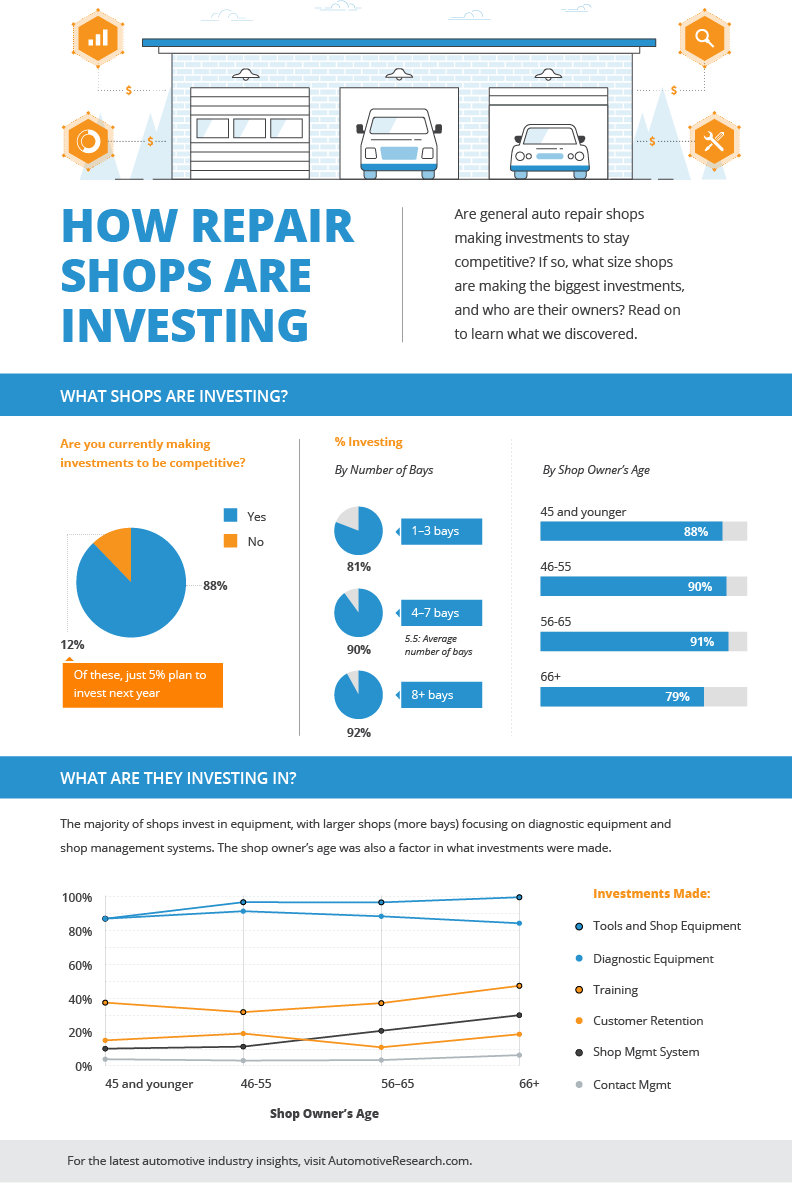Comprehending The Definition Behind Your Automobile'S Caution Lighting: A Thorough Appearance
Comprehending The Definition Behind Your Automobile'S Caution Lighting: A Thorough Appearance
Blog Article
Created By-Lauritsen Torres
When you lag the wheel, those glowing warning lights on your dashboard can be a bit difficult. Do you know what they're attempting to tell you regarding your car's wellness? Understanding the importance of these lights is crucial for your safety and security and the durability of your automobile. So, the next time one of those lights pops up, wouldn't you intend to decode its message precisely and take the necessary steps to address it?
Common Caution Lights and Interpretations
Recognize usual caution lights in your auto and recognize their meanings to make sure safe driving.
One of the most normal caution lights include the check engine light, which signals concerns with the engine or emissions system. If this light begins, it's crucial to have your car inspected immediately.
The oil pressure alerting light suggests low oil stress, calling for prompt focus to stop engine damage.
A blinking battery light may recommend a malfunctioning charging system, potentially leaving you stranded otherwise dealt with.
The tire pressure monitoring system (TPMS) light informs you to low tire pressure, influencing vehicle stability and fuel effectiveness. Ignoring simply click the following article could bring about unsafe driving conditions.
The abdominal muscle light suggests a trouble with the anti-lock stopping system, jeopardizing your ability to stop rapidly in emergencies.
Finally, the coolant temperature advising light warns of engine getting too hot, which can lead to serious damage otherwise resolved promptly.
Comprehending these usual caution lights will aid you deal with concerns quickly and preserve risk-free driving conditions.
Significance of Prompt Interest
Comprehending the usual warning lights in your auto is only the very first step; the value of without delay resolving these cautions can't be stressed sufficient to ensure your safety when traveling.
When a caution light brightens on your dashboard, it's your auto's method of connecting a potential problem that needs attention. Overlooking mouse click the next page can lead to a lot more severe issues later on, compromising your safety and possibly costing you more in repairs.
Motivate focus to alerting lights can avoid breakdowns and mishaps. As an example, a blinking check engine light could indicate a misfire that, if left neglected, could cause damages to the catalytic converter. Addressing this quickly can save you from a costly repair service.
In a similar way, a brake system cautioning light might signify low brake liquid or used brake pads, vital elements for your safety and security when driving.
Do It Yourself Troubleshooting Tips
If you see a caution light on your control panel, there are a few DIY fixing suggestions you can try before seeking professional assistance.
The first step is to consult your cars and truck's guidebook to comprehend what the details warning light shows. In some cases the concern can be as easy as a loose gas cap triggering the check engine light. Tightening the gas cap may settle the issue.
One more usual concern is a reduced battery, which can cause different advising lights. Examining the battery links for deterioration and guaranteeing they're secure might deal with the trouble.
If a caution light lingers, you can attempt resetting it by detaching the cars and truck's battery for a couple of minutes and then reconnecting it. Additionally, inspecting your vehicle's liquid levels, such as oil, coolant, and brake fluid, can assist fix advising lights related to these systems.
Conclusion
Finally, comprehending your cars and truck's warning lights is crucial for keeping your lorry running smoothly and securely. By promptly addressing these notifies and recognizing what they suggest, you can prevent costly repairs and possible malfunctions.
Remember to consult your automobile's guidebook for particular information on each advising light and take action as necessary to make sure a trouble-free driving experience.
Keep notified, remain risk-free on the road!
